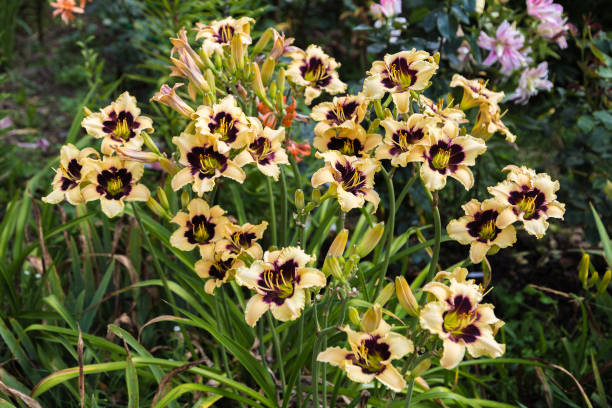When To Cut Back Daylily?
When the leaves are dying and turn yellow or brown, it’s time to consider cutting back the foliage of daylilies. It usually happens in the late autumn and early winter. This usually occurs in the months of late autumn or early winter. Plants that live through the fall months can be cut back in the early spring if they are of a hardy variety. If daylilies start to turn brown in late summer, this is also an excellent time to prune them.
Table of Contents
Why It’s Good to Cut Back?
It is important to cut back the daylily’s growth periodically. This will reduce the number of flowers that are produced and promote better overall plant health. By regularly cutting back the daylily’s growth, you can prolong the life of your plant and enjoy its gorgeous flowers for years to come! Cut back daylily leaves and stems as needed to keep them from becoming unkempt or raggedy over time. They can also take up a significant amount of space.
After the first hard frost, it is acceptable to wait till all the foliage has died and can be easily pulled away from the plant’s base before removing the plant. Cut them to a height that corresponds to their growth rate. It’s possible to reduce the size of dwarf or mini daylilies, for example. The leaves can be cut back to approximately six or seven inches in length if you want to propagate them. Once the heat of the summer subsides, you can replant them in their new location.

Is There a Wrong Time to Trim Them?
If you cut them too short, the plant could get weak. You should also not cut down any leaves in early summer after the main flowering has finished because that can damage the plants. It helps plant photosynthesis by having more leaves. This allows it to store food for a good year of growth in the next one.
Some daylily varieties will produce flower spikes earlier in the season than others. You may miss out on these flowers if you’ve cut back too early. Conversely, if you wait too long to do so, they might not get any new growth at all, and the bloom could be lost. However, this is more likely with slow-growing varieties. Cutting back your daylily at the wrong time will significantly impact the bloom’s growth and health in the next spring and summer. Pruning can also help control the plant’s size and encourage the growth of new shoots and flowers. It’s best to prune daylilies after they have bloomed to not interfere with the plant’s ability to produce flowers.

Can You Cut Day Lilies Too Early?
While it may be enticing to cut back the leaves of your daylilies once the blooms fade, doing so actually harms the plant. If you cut your daylilies too early, you will cut off the food supply, which is terrible. Without enough food, the roots won’t prepare for the colder months. The roots of the daylily get their nutrition from the photosynthetic leaves. The roots will be better able to withstand the winter and come back stronger the following year as a result of this. Leave the foliage on your daylilies after the flowers have faded.
The daylily can’t support itself without its foliage, which results in weaker roots, weaker plants, and poorer flowering the following summer. Daylilies should not be cut back until they turn brown or the first frost. Conversely, if you wait too long to do so, they might not get any new growth at all, and the bloom could be lost. However, this is more likely with slow-growing varieties.
How to Cut Back Daylilies Properly
Regular Maintenance
It would be best if you cut off the daylily’s flowers and cut off its dead leaves to make them look better. When you keep your plant well-cared for, it will stay looking its best for as long as possible. It’s up to you to carefully remove flowers if they don’t fall independently.
You can cut off a stalk when it is done blooming with your pruning shears. It would be best if you cut it close to the plant’s base to don’t damage it. Also, get rid of any dead plants. During the winter and summer, this helps with maintenance.
Seasonal Maintenance
To encourage new growth the following season, you must cut back your daylilies after they have finished blooming for the season. If possible, cut the root clumps apart and cut them back to about 6 inches in height.
This prevents them from spreading too far and enables you to quickly maintain control over the landscape.
